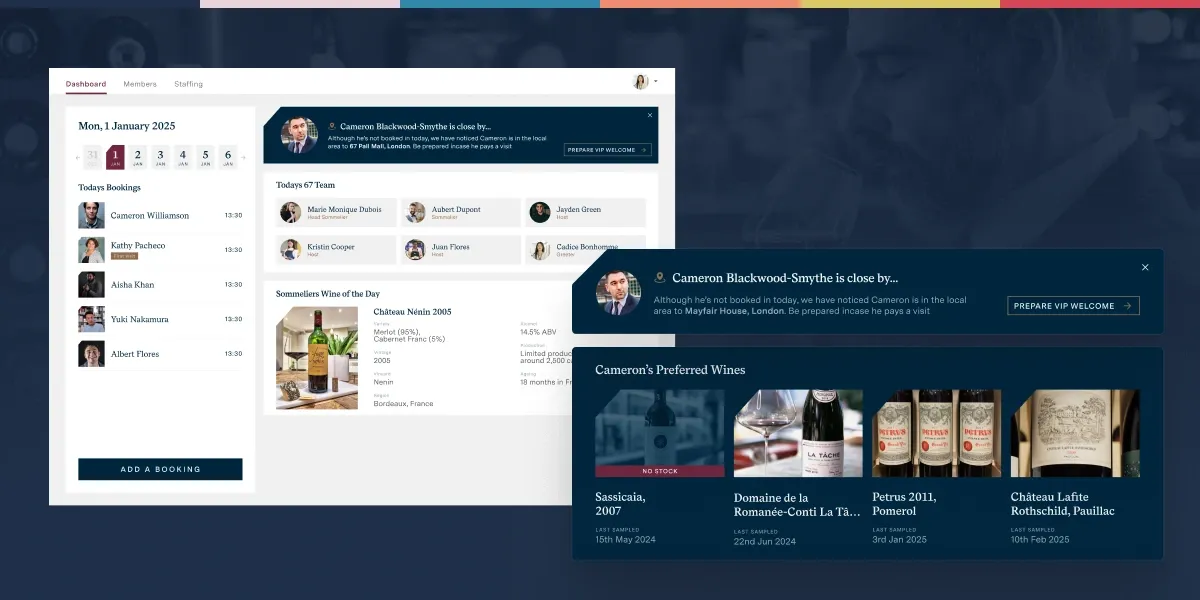Stop Treating Your Premium Customers Like Everyone Else: Why Personalisation Matters
Premium customers have sophisticated tastes and high expectations. So why does your website serve them the same generic experience as everyone else? From wine clubs to spice masters, discover how smart brands use personalisation to turn browsers into loyal advocates

After exploring simple personalisation foundations and seeing how B2B businesses can transform customer experiences, you might wonder what this looks like for consumer brands. The answer is both more nuanced and more rewarding than many D2C businesses realise.
Premium consumer brands face unique challenges. Your customers have discerning tastes, higher expectations, and countless alternatives. Yet too many D2C sites treat their sophisticated clientele like anonymous browsers, serving identical experiences regardless of preferences, purchase history, or engagement patterns.
Following conversations with several luxury and premium brands over recent months, a clear pattern emerges: D2C personalisation isn't about pushing products (it's about curating experiences that reflect your customers' refined preferences). When done well, it transforms casual browsers into loyal advocates.
The Premium Advantage: Why Luxury Brands Need Personalisation Most
Premium brands occupy a unique position in personalisation. Your customers aren't just buying products; they're investing in experiences, expertise, and exclusivity. They expect you to understand their preferences without having to explain repeatedly.
Consider the exclusive wine club member browsing your collection. They've demonstrated Burgundy preferences through previous purchases, spent time reading about Pinot Noir terroir, and consistently chosen bottles from specific French regions. Yet your homepage still promotes New World Cabernet Sauvignon as prominently as those elegant Côte de Nuits selections they clearly prefer.
This disconnect between customer sophistication and site experience creates massive opportunities for brands willing to pay attention.
Complex Product Lines: When Expertise Meets Personalisation
Premium products often involve multiple variables that can overwhelm even knowledgeable customers. The key is using personalisation to guide rather than bombard.
Wine: Beyond Grape Varieties to True Preferences
Working through scenarios for an exclusive London wine club, we've identified how sophisticated wine personalisation goes far deeper than basic recommendations. Wine enthusiasts don't just prefer "red wine" (they develop allegiances to regions), appreciate specific winemaking styles, and understand the subtle differences between Loire Valley Sancerre and Marlborough Sauvignon Blanc.
The approach we designed tracks these nuanced preferences. When a member consistently gravitates towards Tempranillo-based wines from Ribera del Duero, you don't just recommend more Spanish reds. You begin aligning their entire experience towards Old World wine regions: adjusting content focus, highlighting similar French appellations, and ensuring their personalised newsletters emphasise traditional winemaking techniques over New World innovation.
The sophistication doesn't stop at preferences. We consider timing (members browsing before dinner parties need different guidance than those building cellar collections), occasion indicators (gift purchases versus personal consumption), and price sensitivity patterns within their preferred categories.
Beyond Digital: Personalisation in the Physical Space
For exclusive clubs and hospitality venues, personalisation extends far beyond the website. Our design for the London wine club included combining online purchase history with in-venue dining and bar consumption to build complete member profiles.
The vision? When a member arrives at the club, location data from their phone identifies them, allowing hosts to greet them personally with knowledge of their recent purchases and preferences. At their table, staff can access their wine and dining history, enabling sophisticated recommendations that match their established profile.

This isn't just technology for technology's sake. It's about creating the seamless, personalised service that premium members expect, where digital insights enhance rather than replace human hospitality. The sommelier knows you prefer Burgundy before you sit down; the chef understands your preference for lighter fare at lunch versus heartier evening meals.
Spice and Flavour: Understanding Heat, Depth, and Cuisine Culture
A spice company we're hoping to partner with illustrates another approach to complex product personalisation. Their customers aren't just buying ingredients; they're crafting flavour experiences that align with their cooking philosophy.
Our personalisation strategy identifies three core preference types: heat seekers who appreciate complex chilli profiles, herb enthusiasts focused on aromatic depth, and BBQ aficionados building their outdoor cooking repertoire. By tracking which categories generate most engagement, we can personalise the entire experience.
For BBQ enthusiasts, we spotlight smoking woods alongside spice rubs, highlight outdoor cooking techniques, and adjust visual elements towards warmer, fire-inspired colours. Curry enthusiasts see more emphasis on spice combinations, grinding techniques, and regional authenticity. The site literally adapts its personality to match customer preferences.
Taste-Driven Decision Making: When Preferences Define Experience
Premium D2C brands often deal with highly personal, taste-driven decisions where wrong recommendations actively damage the relationship.
Building Flavour Profiles That Actually Convert
Moving beyond basic demographic segmentation, sophisticated personalisation recognises that taste preferences cross traditional boundaries. A 25-year-old professional might share wine preferences with someone twice their age if both appreciate mineral-driven Sancerre over fruit-forward Chardonnay.
Our methodology focuses on behavioural indicators rather than assumed demographics. Time spent reading about specific regions, products consistently ignored, and content engagement patterns reveal genuine preferences better than any survey.
For wine brands, this means tracking region exploration (Burgundy browsers rarely convert on Australian Shiraz promotions), price point consistency within categories (avoiding the embarrassment of promoting £15 bottles to customers who consistently purchase £40+ selections), and seasonal pattern recognition (understanding when customers build cellars versus when they buy for immediate consumption).
The Psychology of Premium Purchasing
Premium customers make emotional as well as rational decisions. They want to feel sophisticated, knowledgeable, and validated in their choices. Personalisation can reinforce these feelings whilst guiding towards appropriate selections.
Smart premium brands use personalisation to make customers feel like insiders rather than targets. When someone demonstrates knowledge about specific wine regions, acknowledge that expertise in your personalised content. When they consistently choose artisanal products, ensure your recommendations align with those values.
Simple Wins That Feel Sophisticated
Not all personalisation requires complex algorithms. Some of the most effective techniques feel naturally integrated into the premium experience.
Recently Explored Collections
For premium brands, "recently viewed" becomes "recently explored collections." Instead of just showing individual products, surface the categories, regions, or themes customers have been investigating. This acknowledgment of their browsing journey feels more sophisticated than basic product recommendations.
Preference Memory Across Sessions
Remember filter preferences not just within sessions but across visits. If a customer consistently filters by "Organic" and "French," pre-select these options. For wine sites, remember preferred price ranges within different categories (someone might spend £25 on weekday wines but £50+ for special occasions).
Personalised Educational Content
Premium customers often want to learn, not just purchase. Track which educational content generates engagement, then surface related articles and guides. Wine enthusiasts reading about Burgundian terroir might appreciate content about other mineral-driven regions. Spice enthusiasts exploring regional cuisines can discover complementary cooking techniques.
The Data Foundation: What Premium Brands Should Track
Sophisticated personalisation requires sophisticated data collection, but this doesn't mean complexity for complexity's sake.
Beyond Purchase History
Track engagement with educational content, time spent exploring specific categories, and seasonal browsing patterns. Premium customers often research extensively before purchasing, making this engagement data incredibly valuable for understanding genuine preferences.
Preference Depth Over Breadth
Rather than tracking everything, focus deeply on the variables that matter most to your specific industry. Wine brands need region, style, and occasion data. Spice companies need cuisine interest, heat tolerance, and cooking method preferences. Luxury goods need style affinity, occasion indicators, and exclusivity preferences.
Quality Over Quantity
Premium brands often have smaller customer bases than mass market retailers, but higher individual customer values. This means you can afford to be more sophisticated in your personalisation approach, tracking nuanced preferences that mass market sites couldn't economically justify.
Looking Forward: The Future of Premium Personalisation
As we move towards our next discussion of advanced personalisation techniques, premium brands have unique advantages. Your customers expect sophistication, justify advanced personalisation investments through higher transaction values, and typically engage more deeply with your brand than mass market consumers.
The opportunity isn't just better conversion rates (although those certainly follow). It's building the kind of customer relationships that premium brands need to thrive: loyal, engaged, and genuinely appreciative of the expertise and curation you provide.
Whether you're curating wine collections for discerning members, guiding spice enthusiasts towards their perfect flavour profiles, or helping luxury shoppers discover products that align with their sophisticated tastes, personalisation becomes your competitive moat in an increasingly crowded premium market.
Next, we'll explore advanced personalisation techniques for brands ready to move beyond the basics, covering multi-channel personalisation, sophisticated segmentation strategies, and the technical approaches that deliver measurable ROI improvements for premium and luxury brands.
If you're curious about how these personalisation strategies might work for your premium brand, or want to discuss the unique challenges facing luxury D2C businesses, we'd love to continue the conversation. After all, the best personalisation strategies emerge from understanding your specific customers and their sophisticated expectations.
For more insights on e-commerce personalisation and premium digital strategy, visit www.tsd.digital or email us at clinic@tsd.digital.
